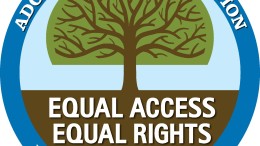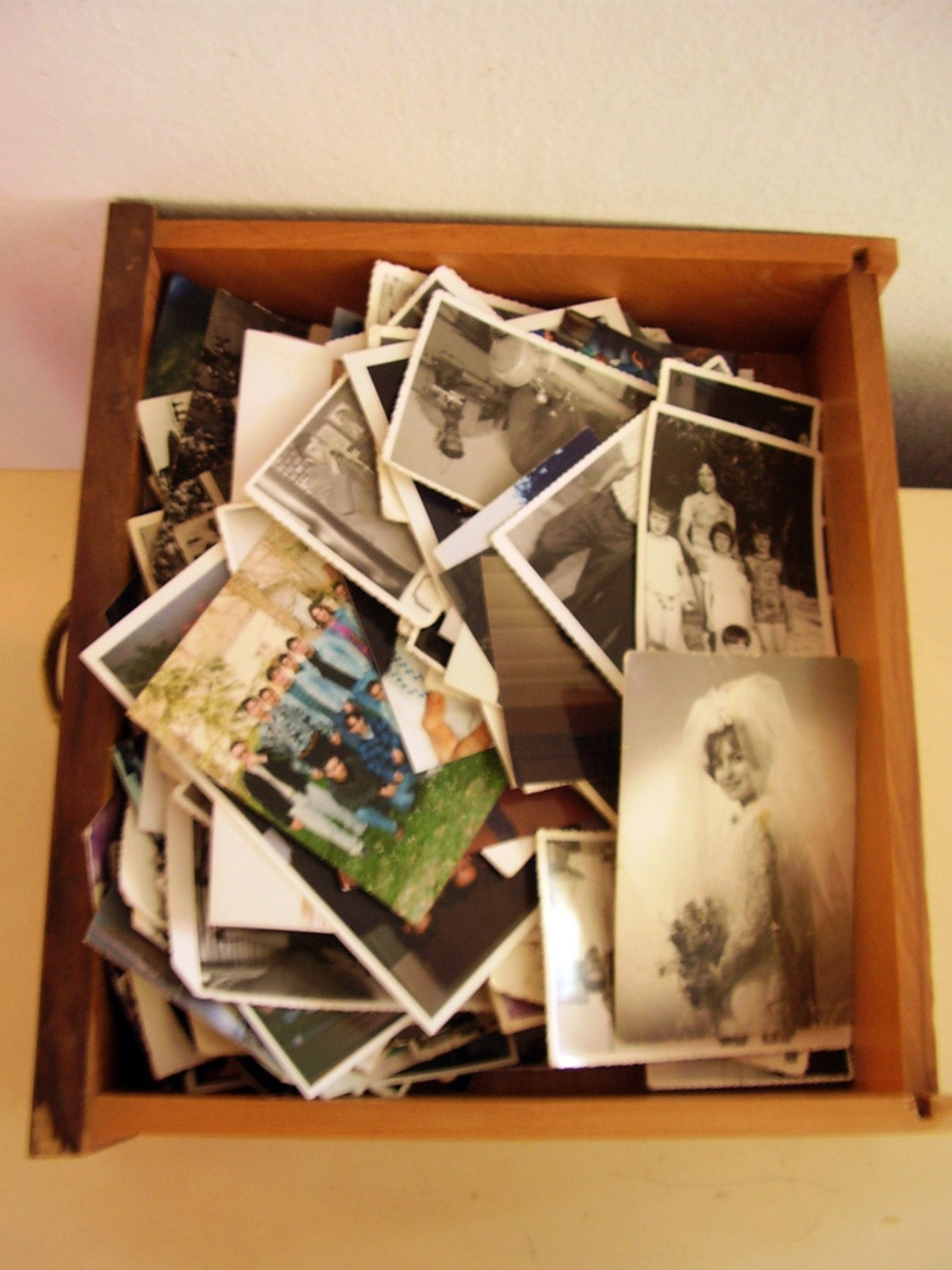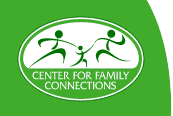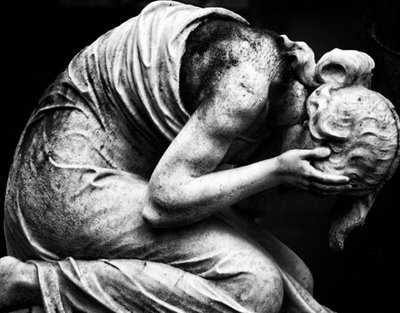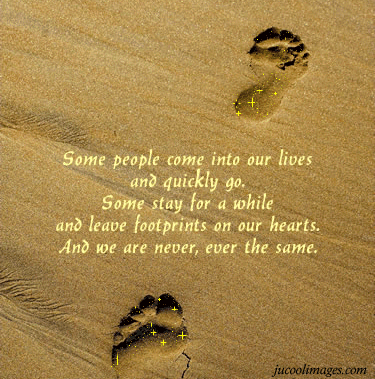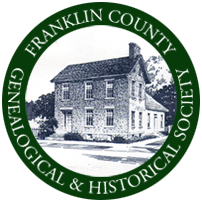Adoptee Rights & Access to their Original Birth Certificates
In the US, 48 states continue the practice of sealing adopted children’s original birth certificates (the OBC) upon finalization of the adoption. In all but 4 of those 42 states, adult adoptees do not have unrestricted access to their OBC like all other people do at the age of 18.
Right now, only Alaska, Kansas, Maine, New Hampshire, Oregon, and Alabama allow unrestricted equal access to all adoptees over the age of 18. In Rhode Island, they have restored access to all adoptees over the age of 25. Washington State, Illinois, New Jersey, Indiana, Colorado, Connecticut, Montana and Ohio now have had successful legislation introduced that does allow many adoptees to access their OBC’s, BUT it is not EQUAL access as they still have birth parent vetos’ in the laws ( in Ohio it;s a one yer window in time where the birth parents can have their names removed, but medical information still goes through) and that gives one party the ability to control another party. New Jersey, Colorado and Connecticut have also recently changed their laws. Unless the adoptee’s birthparents had the knowledge that they could apply for the OBC before the adoption records were sealed, then that adoptee might never see the record of their birth and even then, the ADOPTEE as an ADULT Citizen of the US is NOT treated the same as other US citizens in regard to their legal documentation.
This is one of the many areas of adoption legislation where the states have power over making the laws. Alaska and Kansas never sealed theirs at all, but the other 48 did, some as early as the 1930’s and some not until the 70’s. Some sealed records laws, such as NY, can trace their roots back to the corrupt practices of Georgia Tann and other unscrupulous lobby groups who must have been hiding something.


